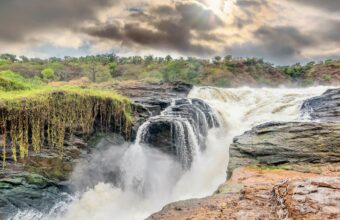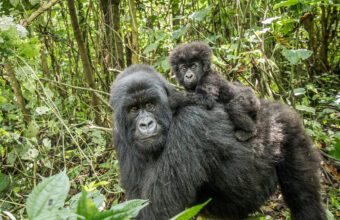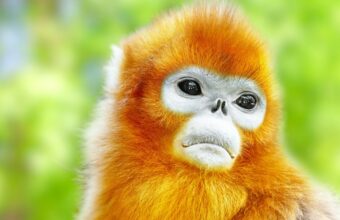Uganda
Unforgettable encounters



Uganda is a gem. Known as the ‘Pearl of Africa’ — an attribution it got from Winston Churchill in his 1908 book My African Journey — over a century later, this East African country still tickles tourists with its splendour.
Home to tropical weather, warm and inviting people, diverse cultures among some 53 tribes and 54% of the world’s mountain gorillas, Uganda packs a lot into a small country. Look beyond the obvious and you’ll find a country teeming with culture and wildlife.
Gorilla trekking
How and where to see gorillas in the wild
Before Sir David Attenborough’s landmark TV programme, Life On Earth, gorillas were seen largely in a negative light, based on King Kong and cheap B-movie monsters. At one point, a survey of the world’s most feared animals featured gorillas alongside sharks and spiders. Seeing this popular TV personality interacting with friendly gorillas changed all that...read more
Uganda Travel Guides
-

Mgahinga Gorilla National Park
While Bwindi Impenetrable Forest steals the limelight, the smaller Mgahinga Gorilla National Park in southwestern Uganda has arguably better views and is directly connected to the extended Virunga conservation area... -

Queen Elizabeth National Park
For an incredible wildlife experience with second-to-none photo opportunities, head to Ishasha in Western Uganda’s Queen Elizabeth National Park, where you can see the area’s rare population of tree-climbing lions snoozing happily up above the ground in fig and acacia trees... -

Murchison Falls National Park
Uganda’s most popular and largest nature reserve, Murchison Falls National Park’s beautiful location and impressive animal populations (the park is home to over 15,000 elephants) makes it a wonderful stop for any traveller hoping to glimpse Uganda’s rich wildlife... -

Ziwa Rhino Sanctuary
A collaborative effort between the Uganda Wildlife Authority and Rhino Fund Uganda, this private, non-profit animal sanctuary offers a secure home and breeding programme for the only wild rhinos left in Uganda... -
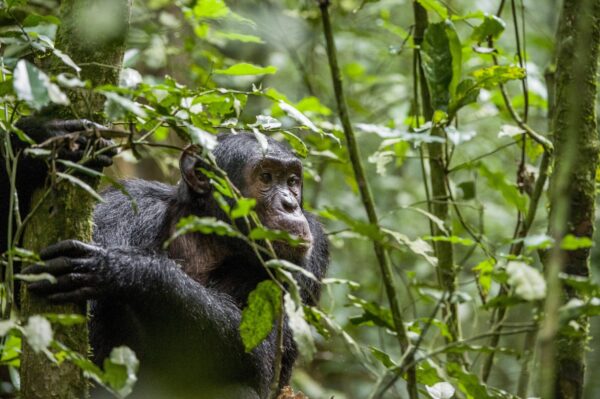
Kibale Forest National Park
Kibale Forest National Park, located outside the colonial town of Fort Portal, is a dense tropical rainforest where you can track chimpanzees and 12 other primates, including red-tailed monkeys, olive baboons and the rare Ugandan red colobus... -

Kazinga Channel
Visit the Kazinga Channel in western Uganda and see one of the world’s largest concentrations of hippos and elephants in their natural habitat... -

Bwindi Impenetrable National Park
The dense forests of Bwindi in the south-west corner of Uganda are home to over half of the world’s small population of the endangered mountain gorilla... -

Karamoja Highlands
Once the domain of only the most adventurous of travellers — up until five years ago it was a closed district which required travel permits to enter — Uganda’s Karamoja region is now officially open for tourism, and well worth the visit... -

Mount Elgon National Park
Straddling the border of Kenya and Uganda, Mount Elgon National Park is home to some of the best trekking in East Africa... -

Kidepo Valley
Trek high up into the mountains of the Kidepo Valley in northeastern Uganda and get a fascinating insight into the lives of the small but authentic population of Ik tribespeople... -

Rwenzori mountains
Climb to the top of Africa’s third-highest mountain while avoiding the kind of crowds found at Kilimanjaro with a hike in the stunning Rwenzori mountains... -

Kampala
Bordering the shores of Lake Victoria in the heart of the Buganda Kingdom, Uganda’s capital city is an engaging and dynamic city with a rich history... -

Lake Victoria
Named after Queen Victoria and one of Africa’s Great Lakes, Lake Victoria is the world’s largest tropical lake, with its waters divided between Tanzania, Uganda and Kenya... -
Lake Mburo National Park
... -
Semuliki National Park
... -
Jinja
... -

Entebbe
... -

Buhoma
... -
Lake Bunyonyi
... -
Kaboya Wildlife Reserve
... -
Mabira Rainforest
...
Places to go in Uganda
Uganda Tours

Private Uganda Safari
8 day safari through the Pearl of Africa
8 daysFrom $1,840
Gorilla Express Scheduled Safari
Trek mountain gorillas in Bwindi Impenetrable National Park
6 daysFrom $2,630
The Ultimate Uganda Private Safari
12 day safari through Bwindi Impenetrable Forest and Queen Elizabeth National Park
12 daysFrom $4,345
Ugandan Primate Habitat Safari
Witness the great apes, chimpanzees and golden monkeys of Uganda
15 daysFrom $2,964Uganda Travel Companies



 Bwindi Impenetrable National Park
Bwindi Impenetrable National Park
CTPH Gorilla Conservation Camp
Affordable lodging at at one of Uganda’s leading conservation centres
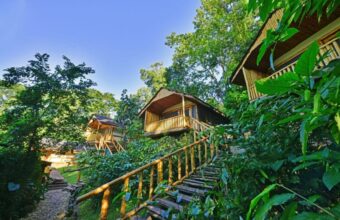

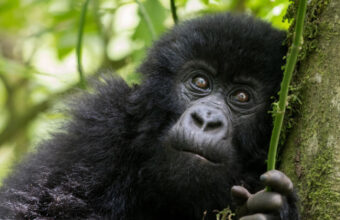

 East Africa
East Africa
Natural World Kenya Safaris
The leader in customized and budget-friendly East Africa safaris






